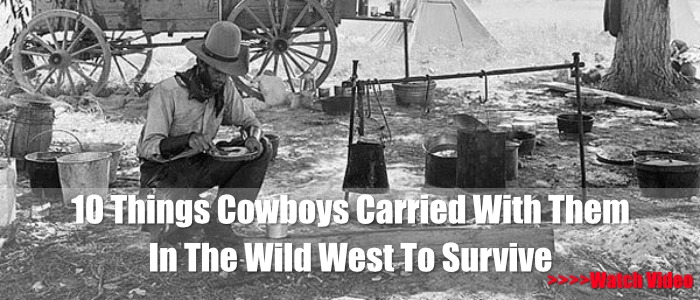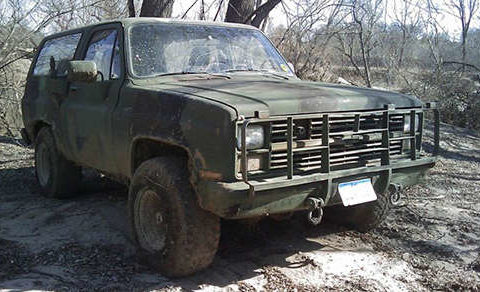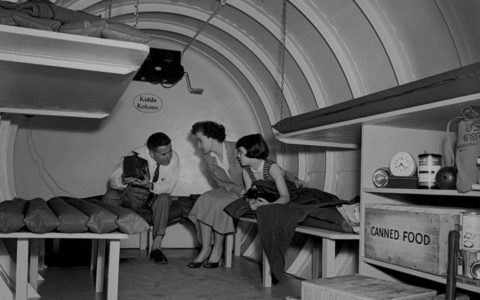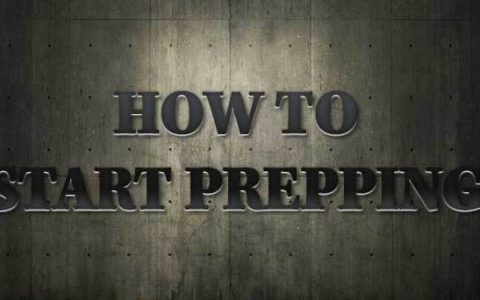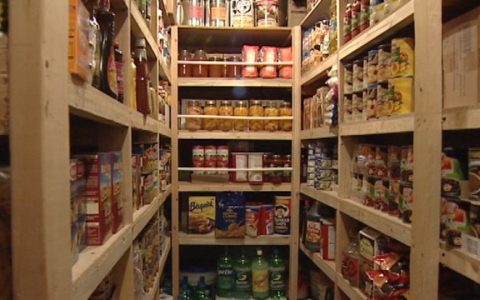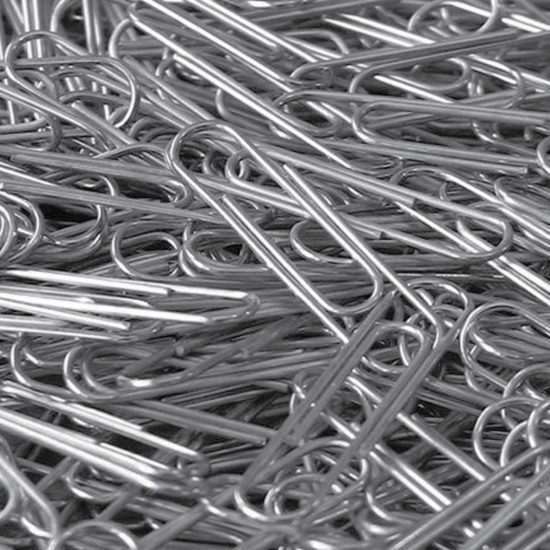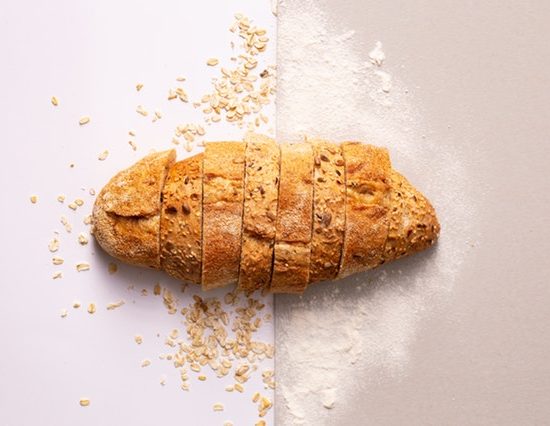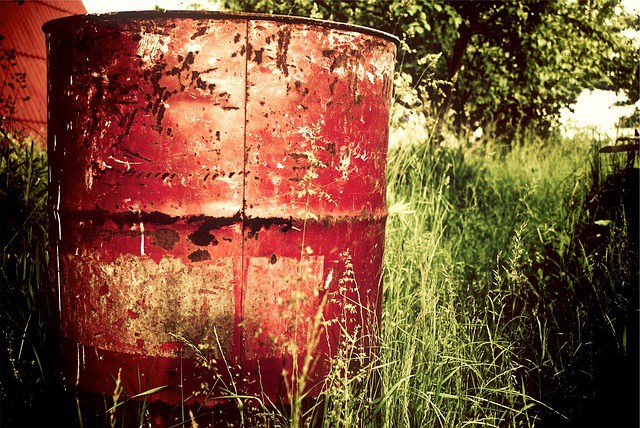
We buy a lot of things to prepare for the unexpected…or expected, that SHTF will be at our doorstep one day. For some, this is further in time, for others comes every day with floods, hurricanes, bad weather conditions and much more.
You may have in mind items for when the SHTF like duct tape, canned food, survival knives, but there is one item you might consider including in your prepper list: the trash can.
Why Trash Cans?
You already use trash cans. They are everywhere (inside and outside) which make them easy to access in an emergency. Trash cans are a heavy-duty item; they stand up to frequent use and they’re durable as hell. Even indoor cans, like those you’d use in an office, have potential uses you probably haven’t considered.
Here are just a few ways you can use trash cans when the grid goes down.
1: Collect Rain Water in Trash Cans
In an emergency, a trash can may be your best bet if you are running out of stored water. You can turn your trash bin, perhaps used to store other prepping supplies up to that point, into a rain barrel. This project requires two holes cut at the top and bottom for the downspout and faucet, PVC piping to construct a downspout, gasket fittings, and tubing for the faucet. Fittings may be secured with washers and sealed with silicone caulking.
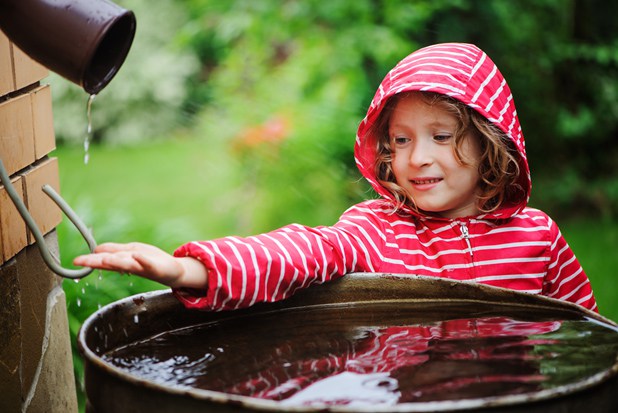
My recycling bin is going into action immediately as a rain barrel if the grid goes down. After a thorough cleaning of course.
Keep all needed items with a compass saw for cutting the holes without a power drill and rain barrel-making instructions in a Ziploc bag near your trash can. Rainwater should always be treated before consumption, so figure out ahead of time if you are going to use chlorine, filters, or boiling methods to purify your drinking water.
2: Make a Super-Sized Rocket Stove
Converting a large metal trash can into a rocket stove is fairly straightforward. Cut a hole at the bottom of the trash can to accommodate a stovepipe made of 6” elbow piping; the stovepipe will need to be constructed as a double-walled chimney with a trim ring and an extra section of piping. The stovepipe will fit into the hole cut toward the bottom with its top trimmed below the top of the garbage can. The pipe should be secured with dowels and nuts arranged in a wagon wheel pattern to stabilize it. The pipe is then insulated with vermiculite poured between it and the sides of the trash can.
You will need to lay a grate across the top for a cooking surface. Load the bottom of the stovepipe with wood and light. Now you’re ready to boil water and cook food on a stove so efficient it requires very little wood to produce the necessary amount of heat.
3: Dispose of Human Waste
A smaller trashcan can work as a makeshift toilet. This is a simple solution in situations where human waste needs to be carried away for disposal. Line your trashcan with a double layer of garbage bags. Place a couple of 2x4s over the rim to create a seat. Waste can then be carried away and the trash bags replaced as needed.
4: Grow Food
Trash cans can be great tools for growing plants. A favorite trick of home gardeners everywhere: using a trash can to grow potatoes. Potatoes require large amounts of earth heaped on top of growing plants, and a large trash can (think 20 to 32 gallons) is a great way to keep soil in place as the potato plants grow upward. Either drill holes in the bottom for drainage or just cut the entire bottom off of a plastic trash can.
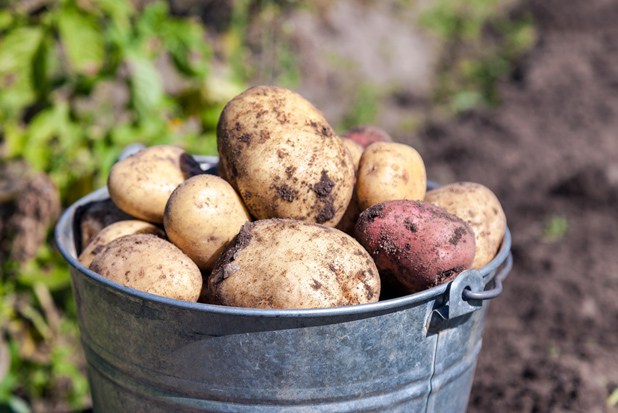
Potatoes don’t have to grow in the ground. You can use an old trash can to create a potato growing container
Start the potatoes in about 10 inches of soil and add more for every 10 inches or so of growth. The best part is the trash can is easily cleaned and used for a new crop as soon as the first is harvested.
5: Shovel Snow
That small trashcan in your bathroom or office can become a snow shovel. Shoveling with a small can certainly won’t be easy on your back, but a trash can may also work to move soil and sand. Just make sure the can is sturdy enough to hold up under the weight of snow before you start using it to dig yourself out.
6: Faraday Cage
A Faraday Cage is essential for keeping your small electronics safe from an EMP (electromagnetic pulse), and you can make one using a steel trash can. Wrap each item in cloth, then wrap in three layers of foil. Place the item in a box and wrap the box in two layers of foil. Store off the ground once wrapped.
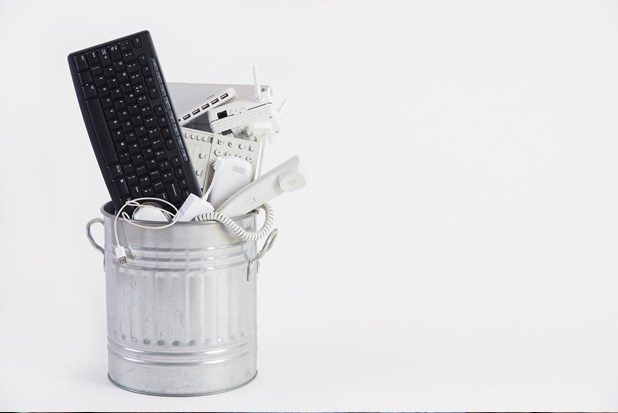
Trash cans can be used for simple Faraday cages.
Completely line your trash can with cardboard and seal with its tight-fitting lid. For this protective system to work there needs to be a clear separation between both the layers of foil and between the foil and the trash can metal. Steel trash cans are sold in a variety of sizes, so you can select the one that works best with the number of electronics you are trying to keep safe.
7: Hold Emergency Supplies
Trash cans make useful storage containers for prepping supplies. They come in a variety of sizes with all kinds of lids and handles. You can even select cans in different colors to better organize your supplies. Larger trash cans may be used to store emergency supplies for a whole family– just throw it into the bed of your truck for hauling supplies the moment you need to. Then you can repurpose the trash can for any of the above ideas.
Think Creatively, Be Prepared
A trash can is useful for much more than holding garbage – it can be an integral part of how you collect water, cook food, dispose of waste, grow food, or protect your electronics. Of course, these are just a few of the ways your common trash can fits into survival plans:


